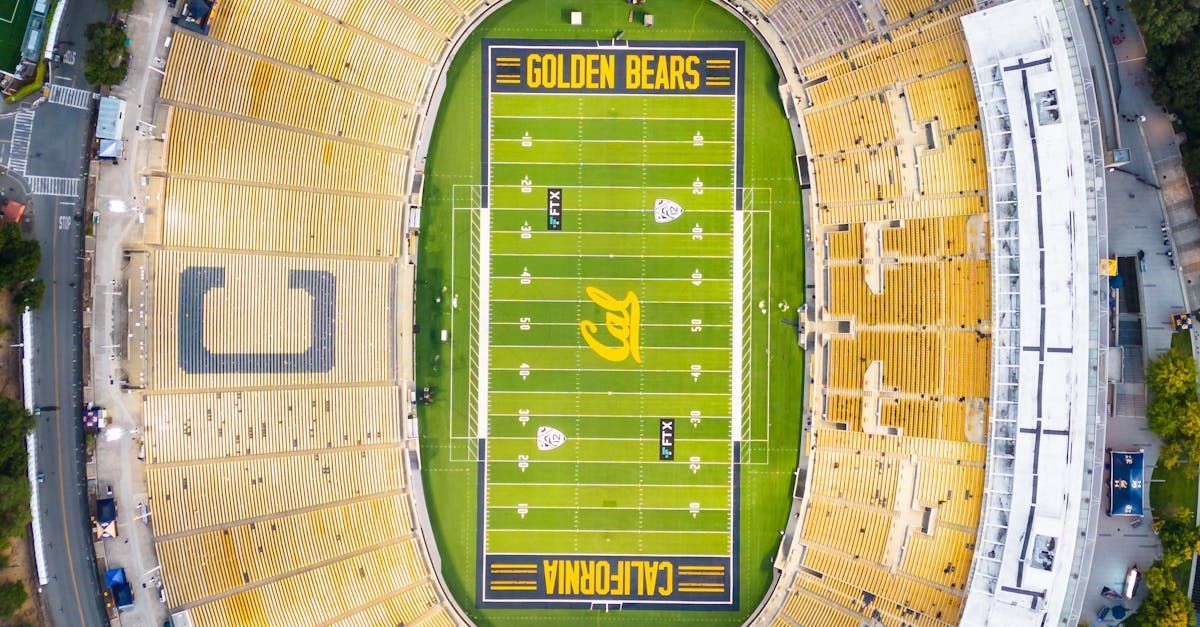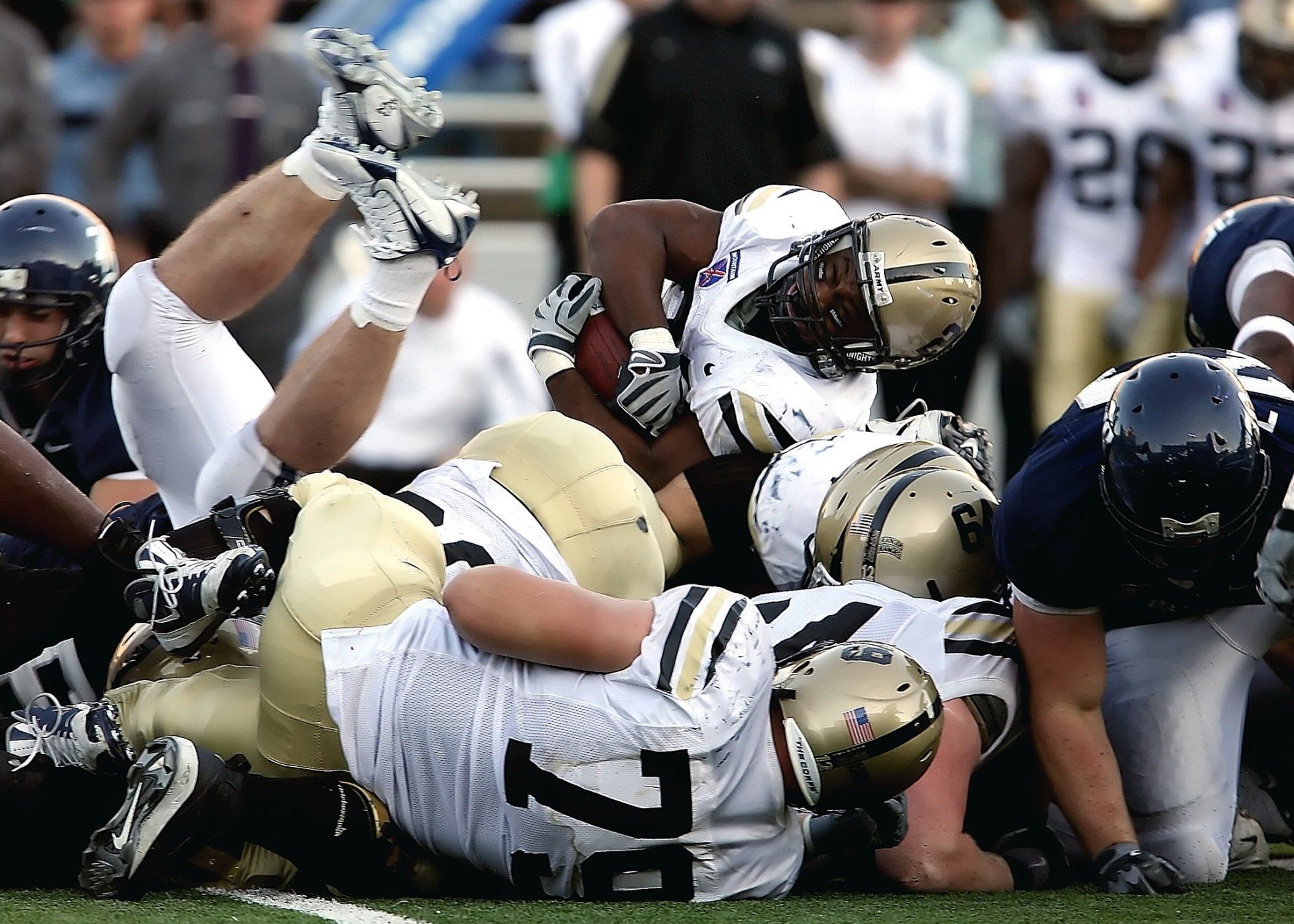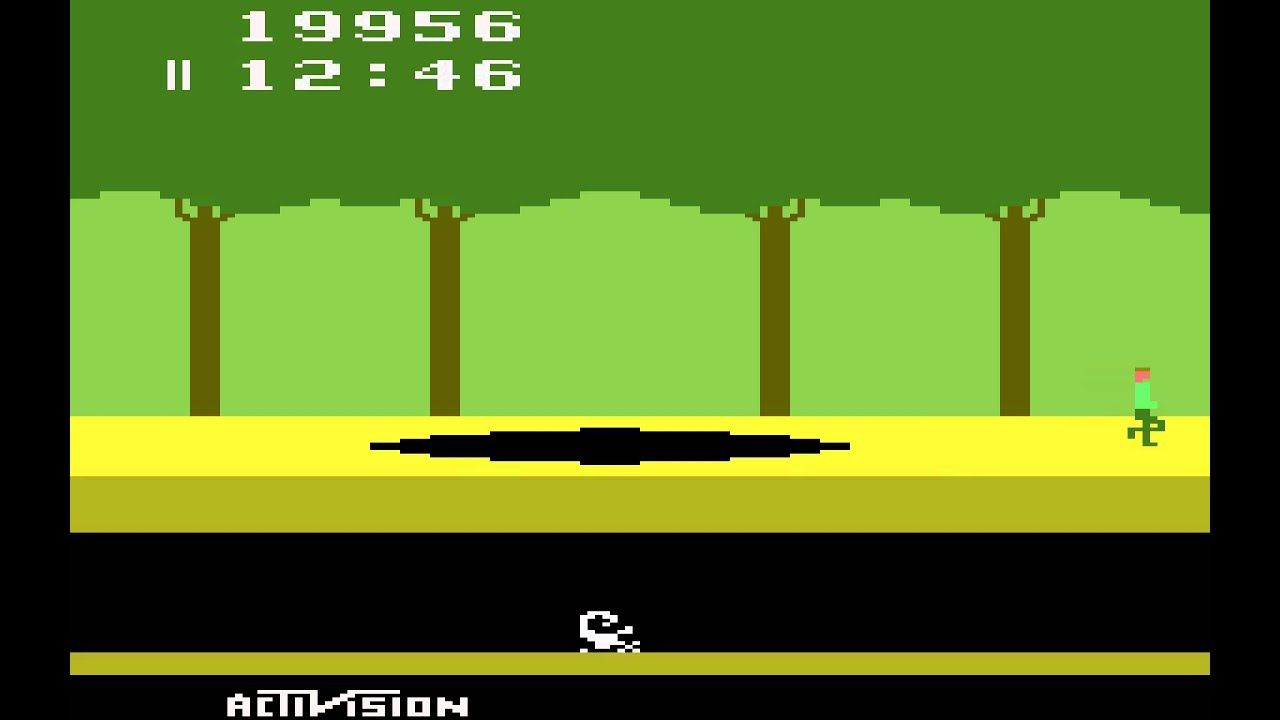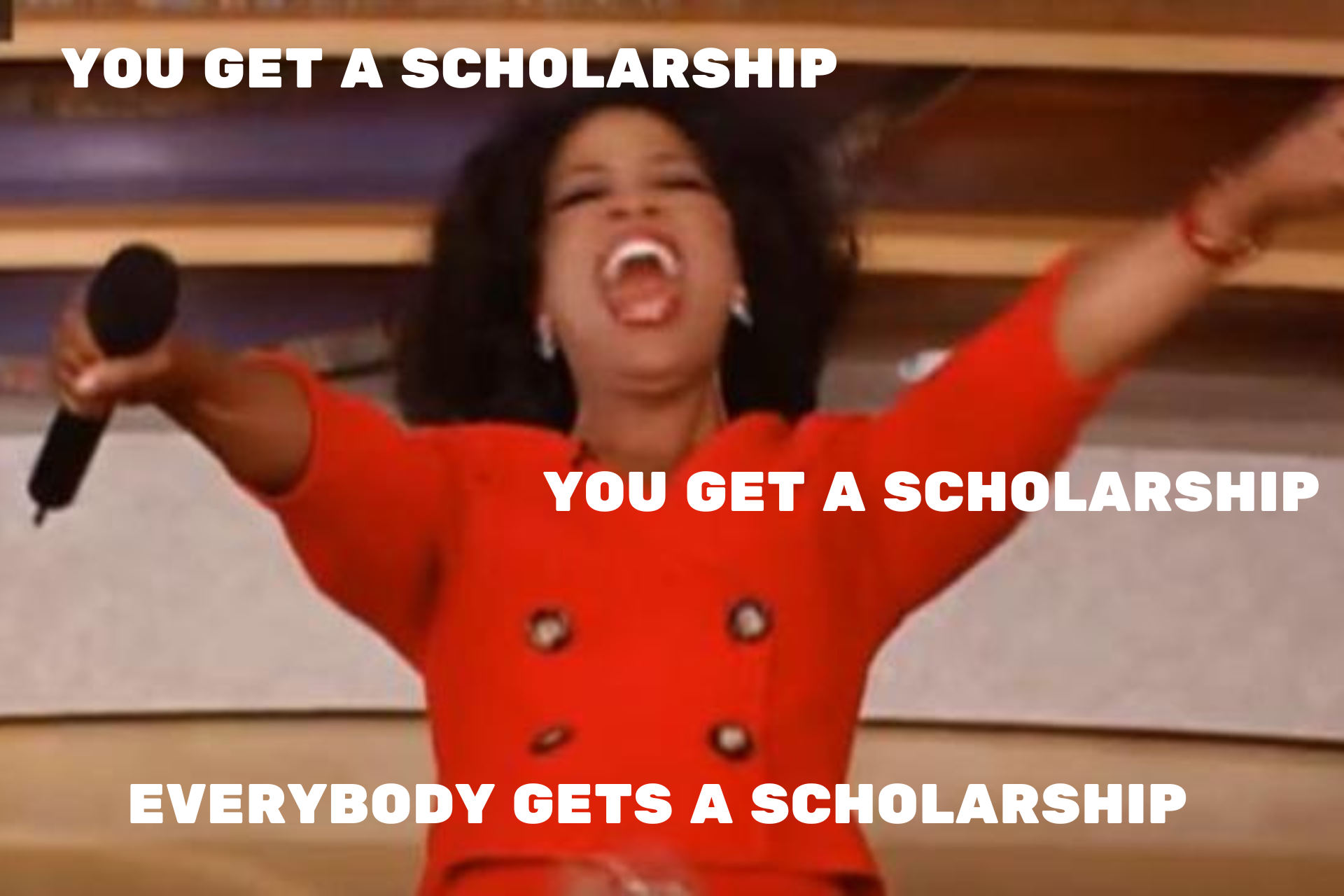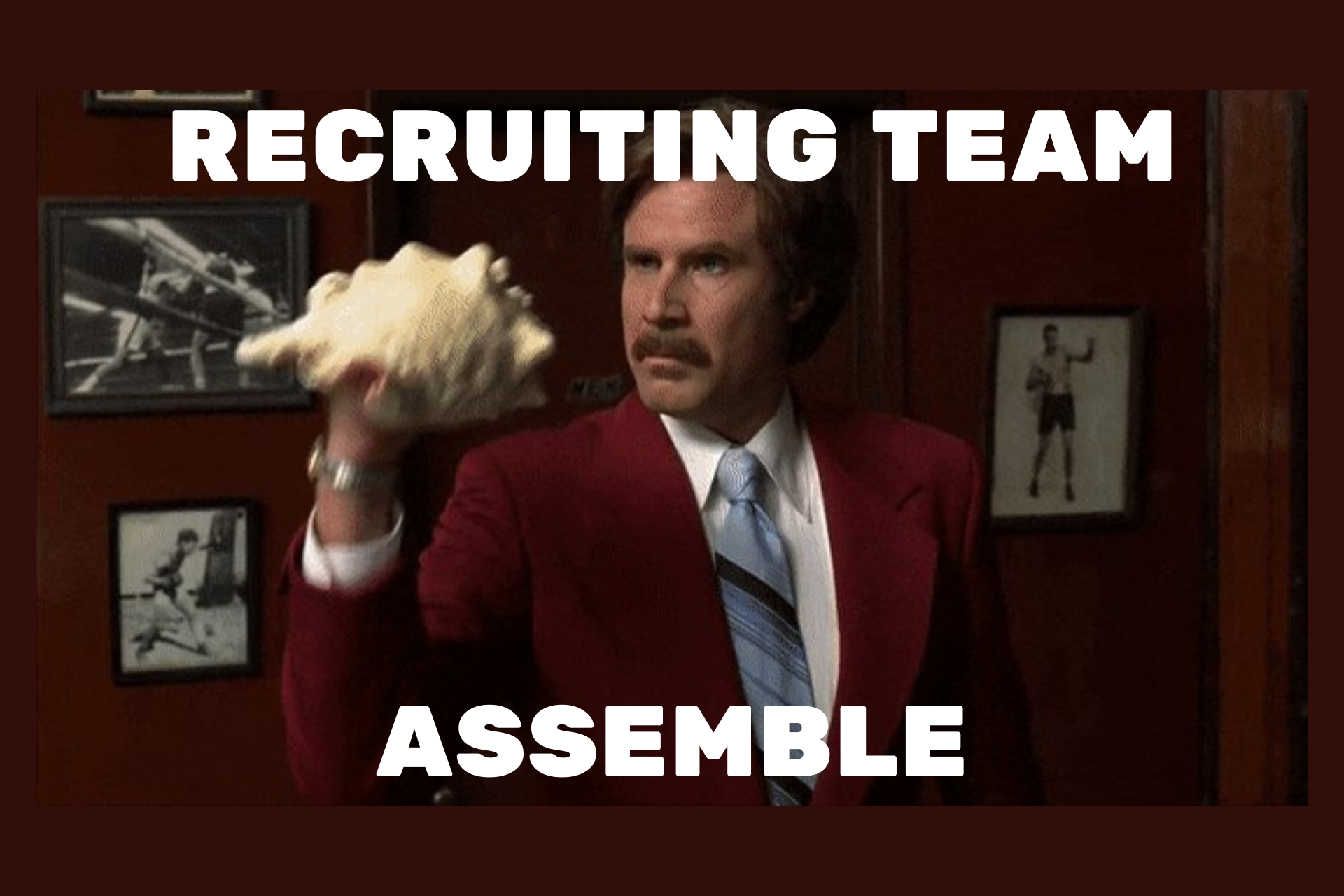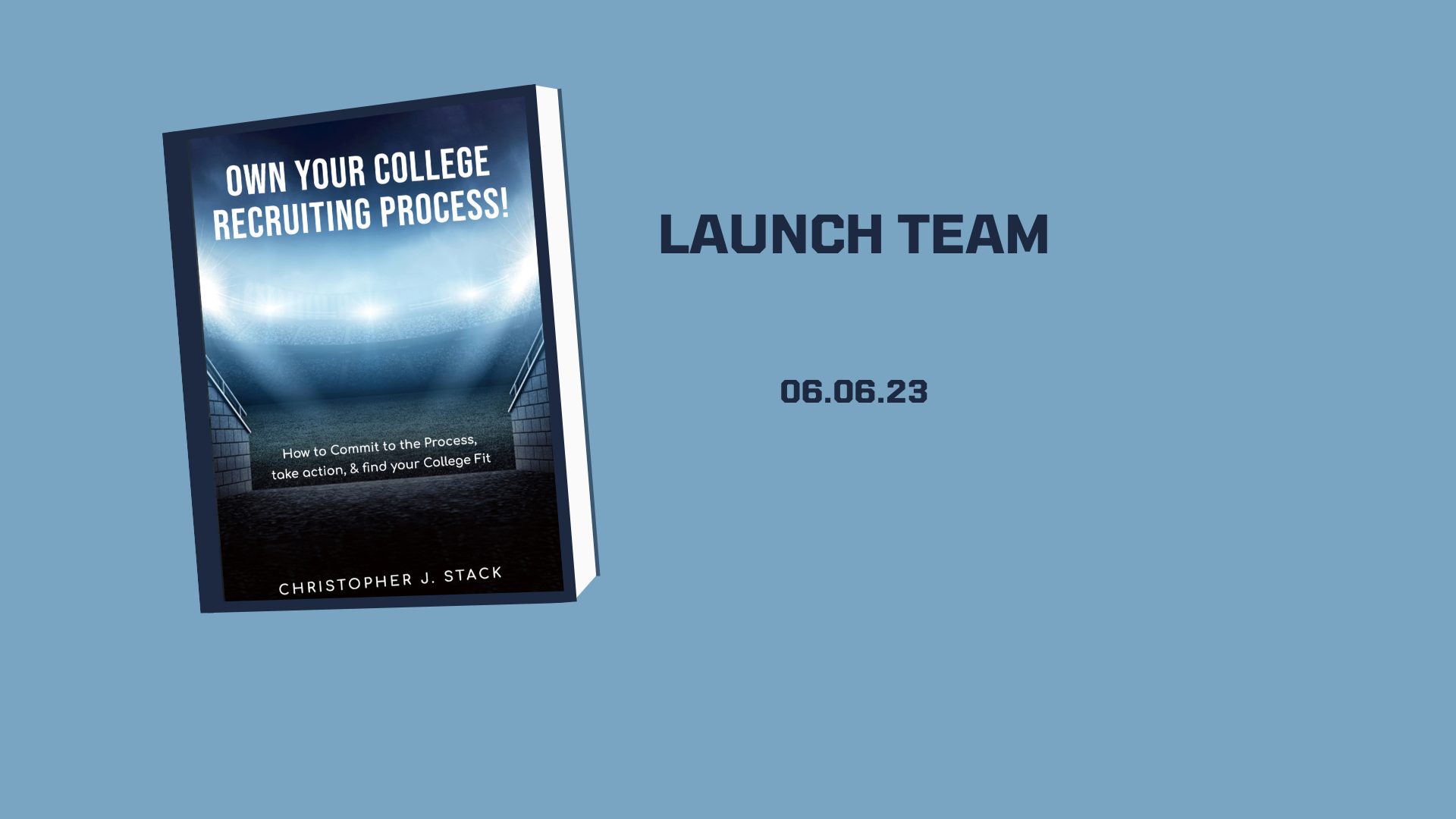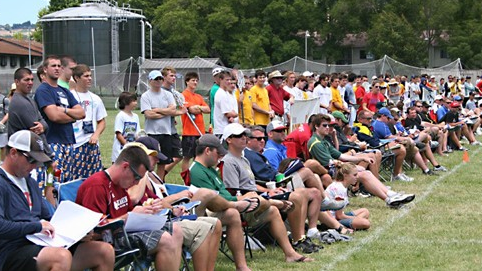"Rise to the Occasion"
HIGH SCHOOL STUDENT-ATHLETES, ARE YOU READY TO RISE TO THE OCCASION?
In the competitive realm of college recruiting, aspiring student-athletes embark on a journey that demands dedication, resilience, and strategic planning. This article delves into the key elements of committing to the recruiting process, offering insights on rising above challenges, showcasing one's strengths, and making informed decisions that pave the way for a successful future in collegiate athletics. From crafting a standout profile to navigating communication with coaches, learn how to rise to the occasion and make a lasting impact on your recruiting journey.
Strategic Storytelling
Your journey as a student-athlete is a narrative waiting to be told. Dive into the details of your athletic experiences, personal growth, and triumphs over challenges. Coaches are not just looking for skill; they seek individuals who bring a unique story and unwavering determination to their teams.
- Encourage student-athletes to reflect on their journey and identify key moments that have shaped their character.
- Showcase personal growth, highlighting experiences that have contributed to your development as an athlete and an individual.
- Emphasize the evolution of skills, mindset, and leadership qualities over the course of your high school sports career.
Unlock Your Potential
Embarking on the college recruiting process is akin to stepping onto a grand stage where your athletic prowess and personal character take center stage. To rise to the occasion, it's crucial to unlock your true potential. Begin by crafting a compelling sports resume that not only highlights your achievements on the field but also showcases your dedication, leadership, and teamwork.
Navigating Challenges with Tenacity
The recruiting path is not without its hurdles. From academic requirements to athletic performance expectations, challenges may arise. However, true commitment means facing these challenges with tenacity. Learn how to navigate academic eligibility criteria, maintain peak performance on the field, and demonstrate resilience in the face of setbacks.
- Share stories of overcoming obstacles, setbacks, or injuries. Coaches value resilience and the ability to bounce back from adversity.
- Highlight instances where you demonstrated perseverance, determination, and a positive attitude in the face of challenges.
- Illustrate how challenges have not hindered your progress but instead fueled your motivation to excel.
Building Relationships with Coaches
One of the cornerstones of successful recruiting is building genuine relationships with college coaches. "Rise to the Occasion" provides insights into effective communication strategies. From crafting personalized emails to making a lasting impression during campus visits, discover the art of connecting with coaches who share your vision and values.
- Understand the importance of relatability. Coaches connect with stories that resonate with their values and team culture.
- Tailor your narrative to align with the coaching philosophy and values of the colleges you are interested in.
- Demonstrate an understanding of how your story aligns with the vision and goals of the college's athletic program.
Making Informed Decisions
Committing to the recruiting process involves making pivotal decisions that shape your future. This article guides you through the decision-making process, from evaluating scholarship offers to understanding the nuances of NCAA regulations. Empower yourself with the knowledge needed to make informed choices aligned with your academic and athletic aspirations.
- Understanding NCAA Regulations:
- Evaluating Scholarship Offers
- Consulting with Academic Advisors:
- Considering Campus Environment:
- Weighing Academic Reputation:
- Reviewing Team Dynamics:
Embracing the Journey
"Rise to the Occasion" is more than a commitment; it's an embrace of the journey. It's about acknowledging the significance of the recruiting process in shaping your collegiate experience. This article encourages student-athletes to approach the journey with enthusiasm, learn from every step, and savor the transformative power of the pursuit.
This article serves as a beacon for those navigating the intricate landscape of college recruiting. With a focus on unveiling potential, strategic storytelling, overcoming challenges, building relationships, and making informed decisions, this article is your comprehensive guide to not only committing but thriving in the recruiting process. Let your journey unfold, and may you rise to every occasion with grace and determination.
#risetotheoccasion #committotheprocess #collegerecruiting #recruitingeducation #gfsway
